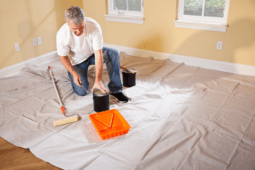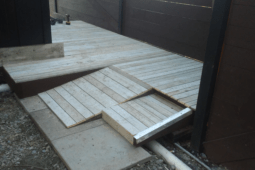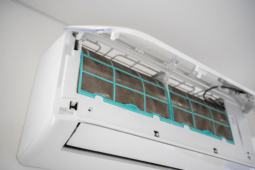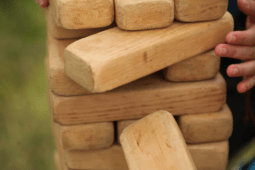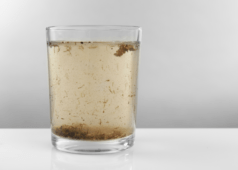How to Grow Herbs Indoors, No Matter The Season
Growing herbs indoors is a great way to have fresh herbs on hand year-round, regardless of the weather outside. With the right tools and techniques, you can easily grow a variety of herbs in the comfort of your own home.
Not only is it a fun and rewarding hobby, but it also adds a touch of greenery and freshness to your indoor space—plus it means you’ll always have fresh ingredients when you’re cooking! In this article, we’ll guide you through the steps to successfully grow herbs indoors, from selecting the right plants to caring for them properly.
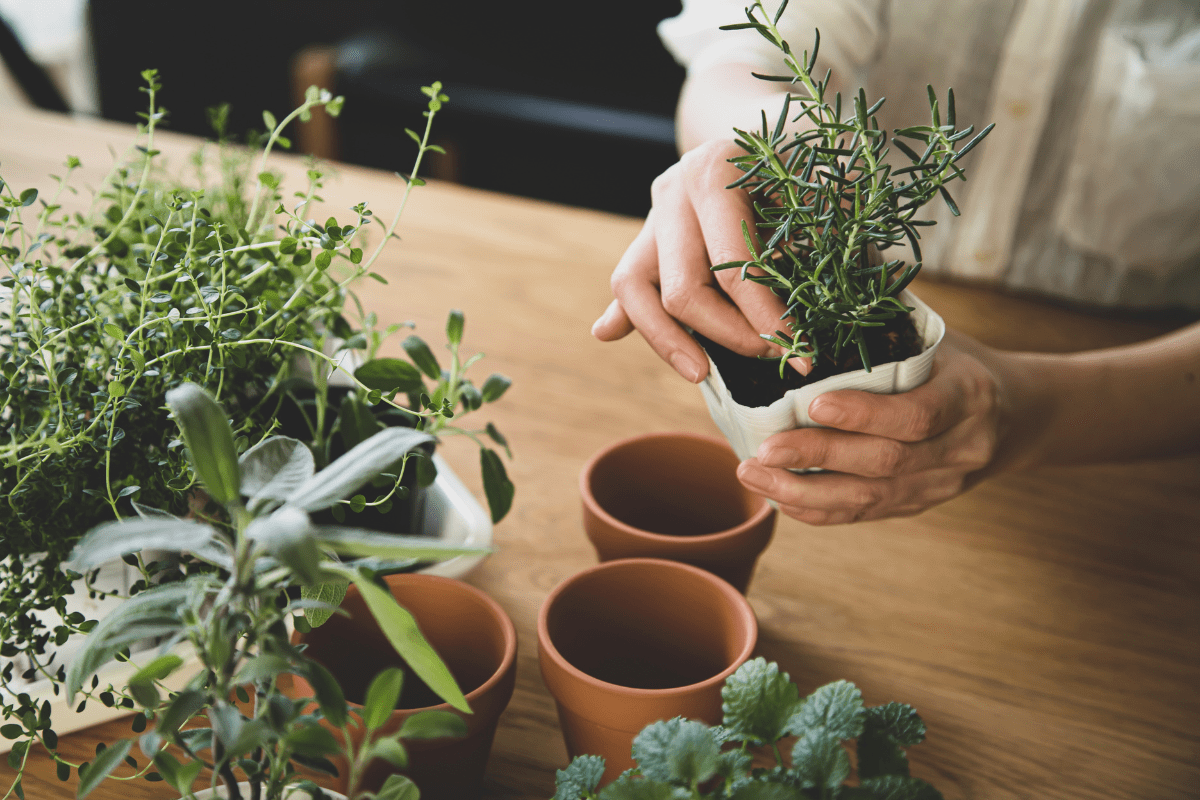
Growing herbs indoors is a great way to add fresh flavors to your cooking and brighten up your living space. Here are some tips on how to successfully grow herbs indoors:
1 – Choosing the right herbs:
Some herbs do better indoors than others, so it’s important to choose the right ones. Herbs like basil, parsley, cilantro, chives, and mint are great options for indoor growing.You should also make sure you’re choosing an herb you actually enjoy cooking with or using, otherwise your plants can go to waste.
2 – Find the right spot for your herb garden:
Herbs need plenty of sunlight to grow, so it’s important to find a sunny spot in your home. A south-facing window is ideal, but if that’s not possible, you can also use grow lights.
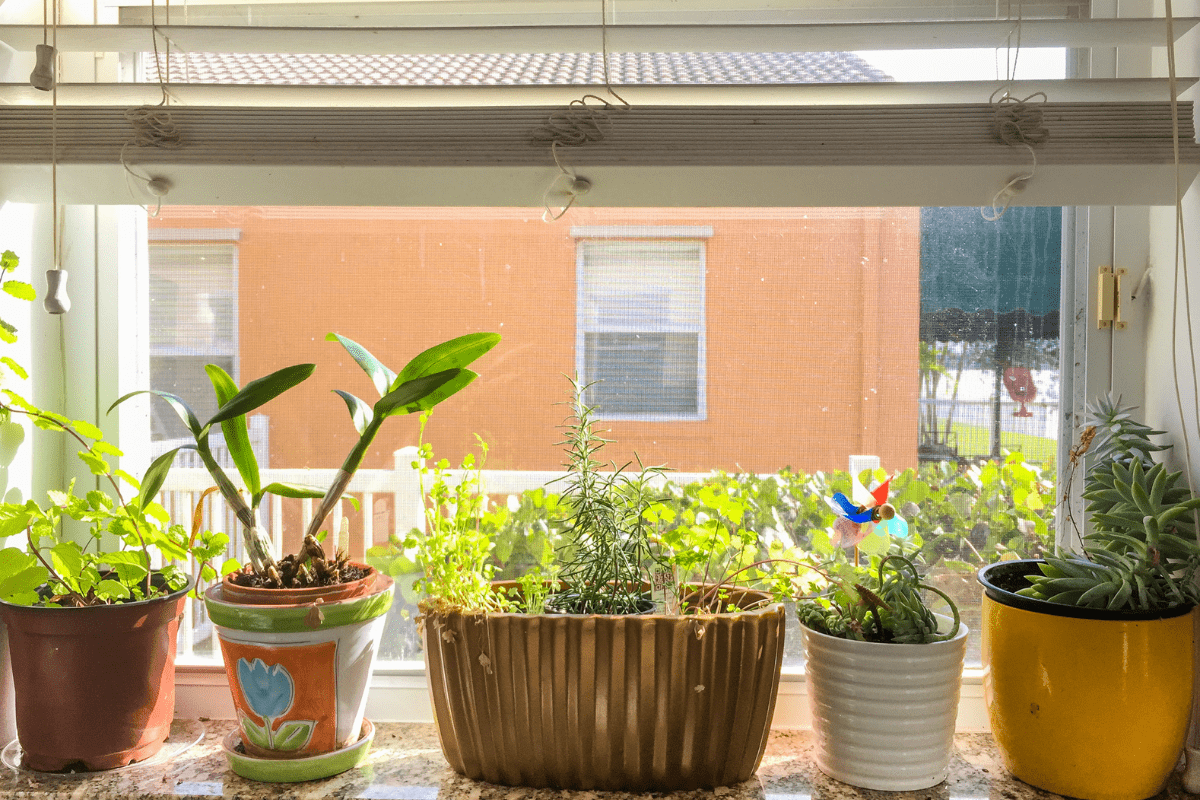
Herbs generally require bright, indirect light to thrive indoors. Place them near a south-facing window if possible, or use grow lights if natural light is limited. Make sure to monitor the light levels and adjust as necessary to avoid burning or drying out the plants.
3 – Use the right soil:
Herbs need well-draining soil that’s rich in nutrients. You can buy potting soil specifically designed for herbs, or make your own by mixing equal parts of peat moss, perlite, and vermiculite.
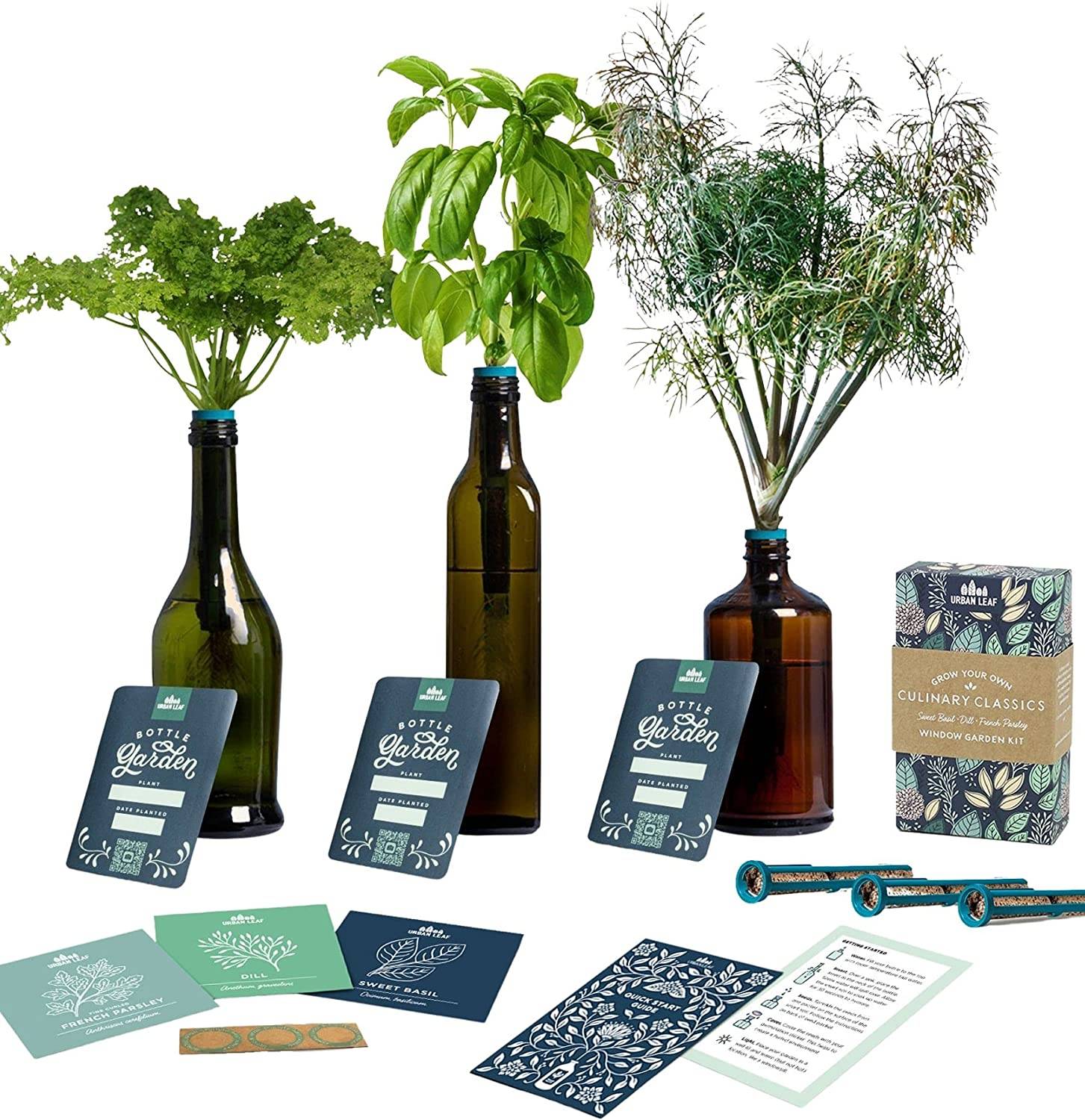
The proper soil conditions for growing herbs indoors include a well-draining soil mix that is nutrient-rich and has a pH level between 6.0 and 7.0. It’s also important to ensure that the soil is moist but not waterlogged and that the container has adequate drainage.
Choose the right container:
Herbs need plenty of room to grow, so choose a container that’s large enough to accommodate their roots. Make sure the container has drainage holes to prevent water from accumulating at the bottom.
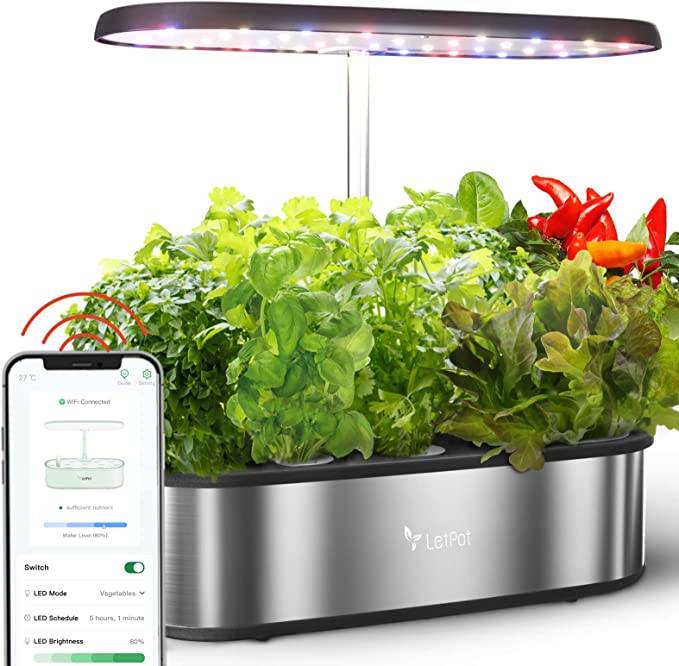
Once you’ve got your herbs planted, here’s a few tips so you can keep them alive and thriving:
- Water regularly: Herbs need to be watered regularly, but be careful not to overwater. Make sure the soil is moist, but not waterlogged.
- Fertilize occasionally: Herbs benefit from occasional fertilization to ensure they’re getting the nutrients they need. You can use a liquid fertilizer once a month, or sprinkle slow-release fertilizer pellets on the soil.
- Prune regularly: Regular pruning will encourage your herbs to grow bushier and produce more leaves. Use sharp scissors or pruning shears to snip off the tips of the stems.
- Watch for pests: Indoor herbs are susceptible to pests like spider mites and aphids. Keep an eye out for any signs of infestation, and treat promptly with an organic insecticide if necessary.
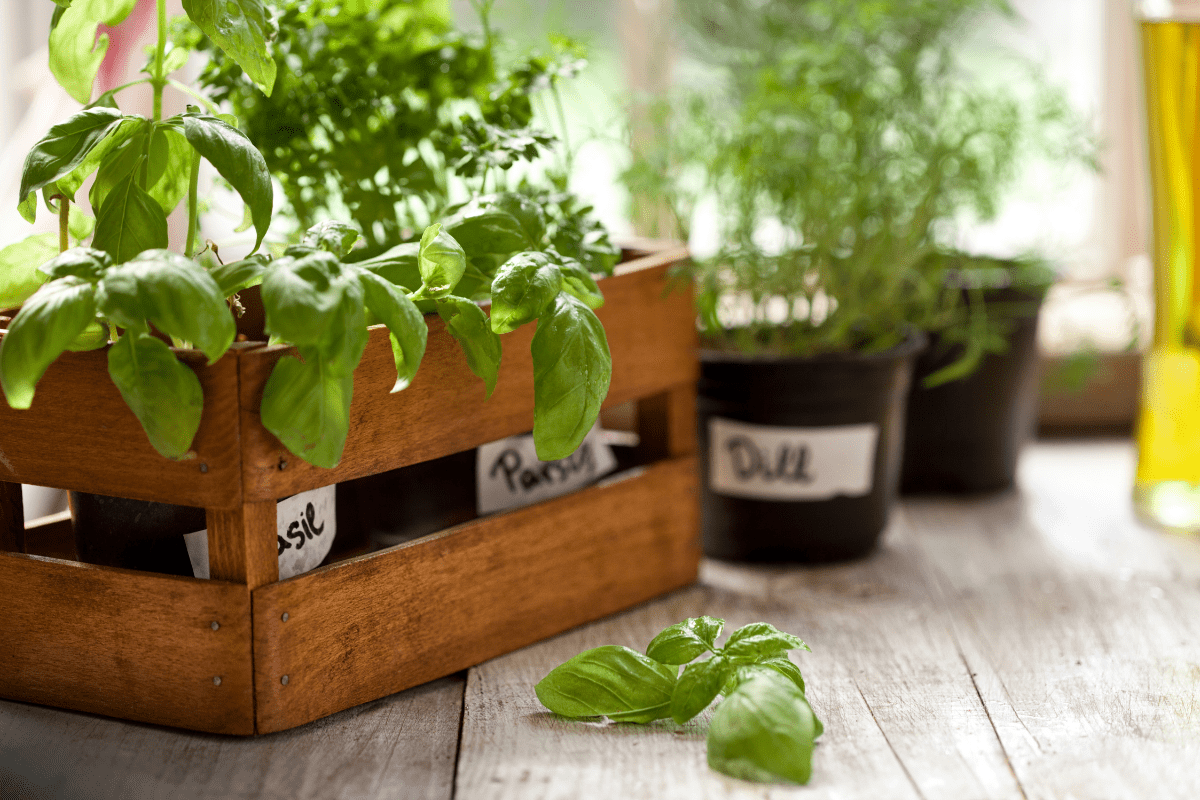
By following these tips, you can enjoy fresh herbs all year round, right from the comfort of your own home. Happy growing!

